 A few years ago, I thought I was dying. My body ached (hurt). I couldn’t breathe. I had a high fever (body temperature).
A few years ago, I thought I was dying. My body ached (hurt). I couldn’t breathe. I had a high fever (body temperature).
I had “the flu.”
The flu, short for influenza, is a highly contagious (easy to pass from one person to another) virus. A virus is a very small thing you can’t see that gets into your body and makes you sick. There are actually several different kinds of viruses that can give you the flu, and it is often different from year to year.
For some people, like young children and the elderly (old people), the flu can be life-threatening (cause death).
So since then, I’ve tried to get a flu shot every year. (A shot is a drug you get from a needle (sharp instrument that goes through your skin – see the photo).
Like many Americans, I’m part of an HMO, a Health Maintenance Organization, which is basically a type of private medical insurance. I pay a certain amount of money each month and I get health benefits, such as visits to the doctor, laboratory tests, and treatment for illnesses or medical conditions at a lower cost than if I did not have insurance.
One of the benefits of my health plan is a “free” flu shot every year. I go into the medical center, the nurse takes a needle, and injects (puts into my body) a vaccine into my arm.
The vaccine contains a little bit of the flu–not the part that makes you sick–and your body starts to fight it. Later, if you come across (meet) the flu, your body is ready to fight it off and prevent you from getting sick. (What doesn’t kill you makes you stronger, as we sometimes say!)
It’s worked for me. I haven’t had the flu in years—knock on wood. (“Knock on wood” is something we say to mean “I hope my good luck continues.”)
So this week I’ll be getting another flu shot. Maybe you should, too?
~Jeff
Want to comment on this blog post? You can now do that on our Facebook page – click here to comment on this post!
WAIT!
Before You Go . . .
Get our FREE, 9-Page Special Report
“5 Things You MUST Know to Improve Your English”
Learn how to improve your English faster than ever with the latest, research-proven methods. Download it to find out more!
Just fill out your first name and email address below to get it:
 One of the leading (most popular) American English dictionaries,
One of the leading (most popular) American English dictionaries, 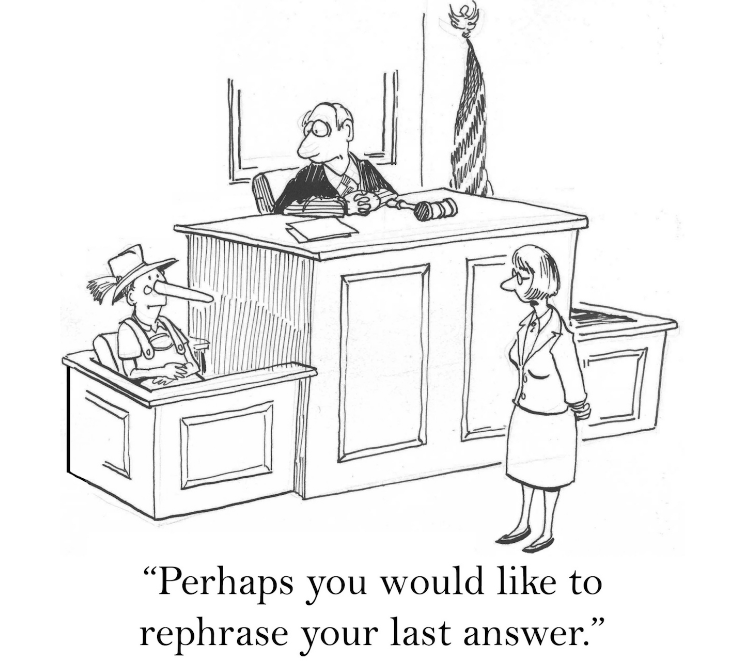
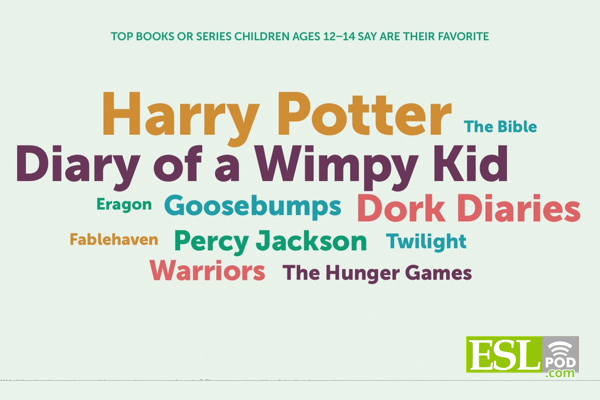 If you’ve read my special report on how to improve your English, you know that I recommend you do a lot of listening and reading. (And if you haven’t read my report, hurry up and get it today by signing up below).
If you’ve read my special report on how to improve your English, you know that I recommend you do a lot of listening and reading. (And if you haven’t read my report, hurry up and get it today by signing up below).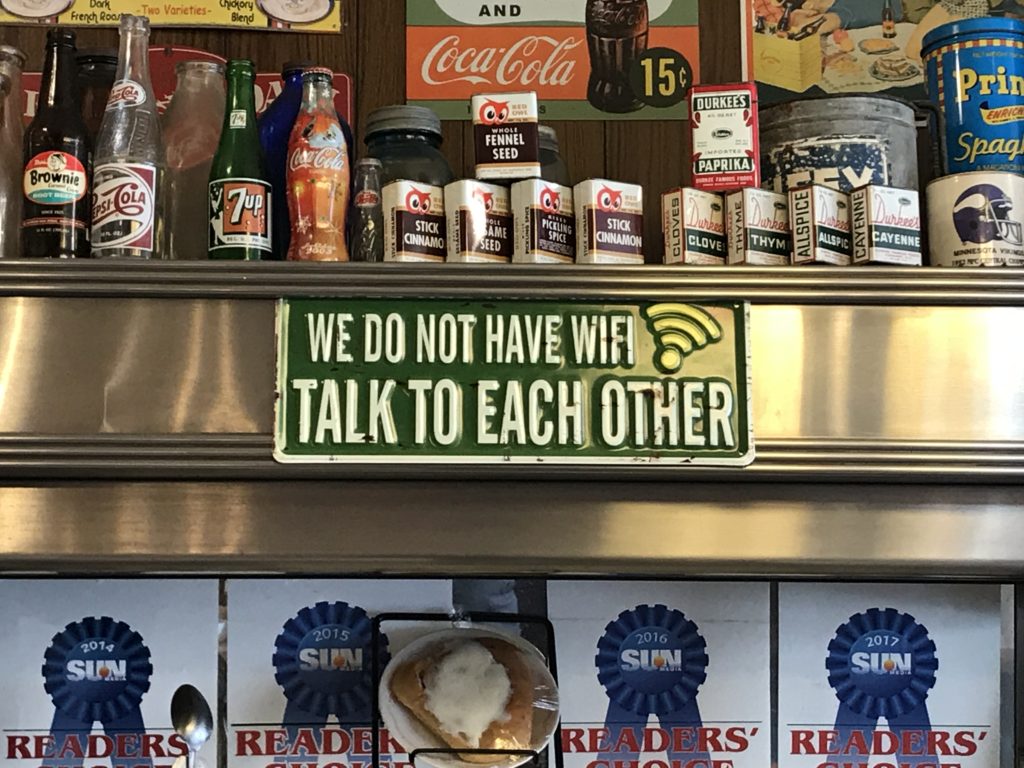 I was back in my home state of Minnesota recently visiting my family there. One day I went into a diner located in a small town just outside Minneapolis.
I was back in my home state of Minnesota recently visiting my family there. One day I went into a diner located in a small town just outside Minneapolis.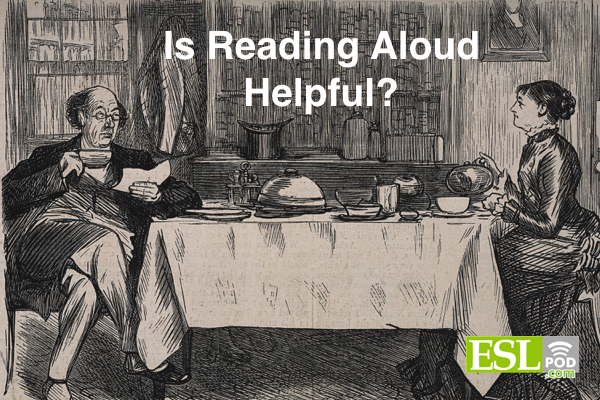 Several people have emailed me recently to ask about the advice I give in my special report on how to improve your English (and if you haven’t seen it, sign up to get it below).
Several people have emailed me recently to ask about the advice I give in my special report on how to improve your English (and if you haven’t seen it, sign up to get it below).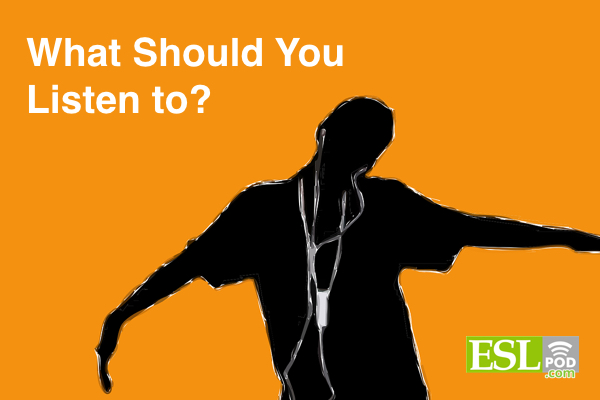 Here’s a question I am often asked:
Here’s a question I am often asked: I love to cook on my
I love to cook on my